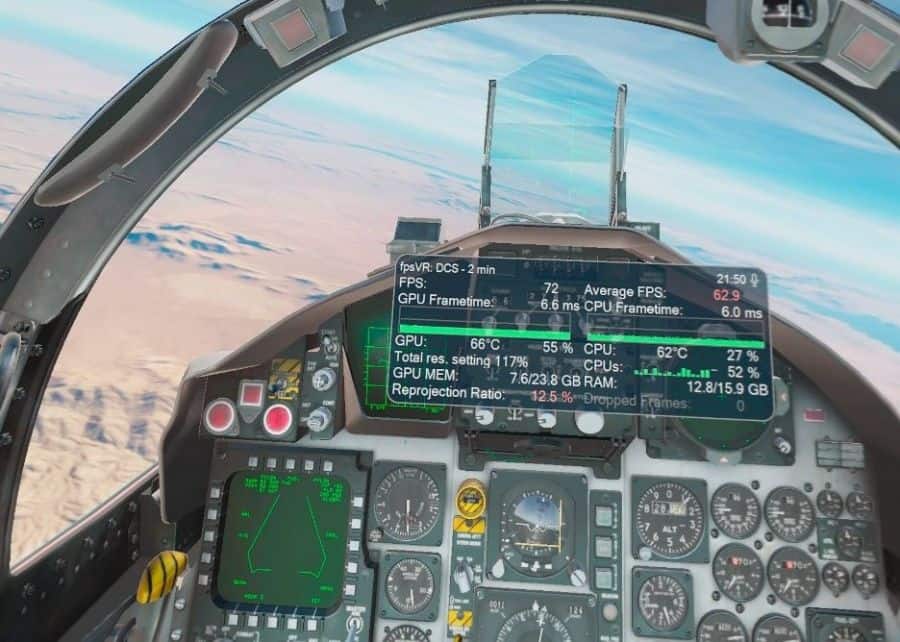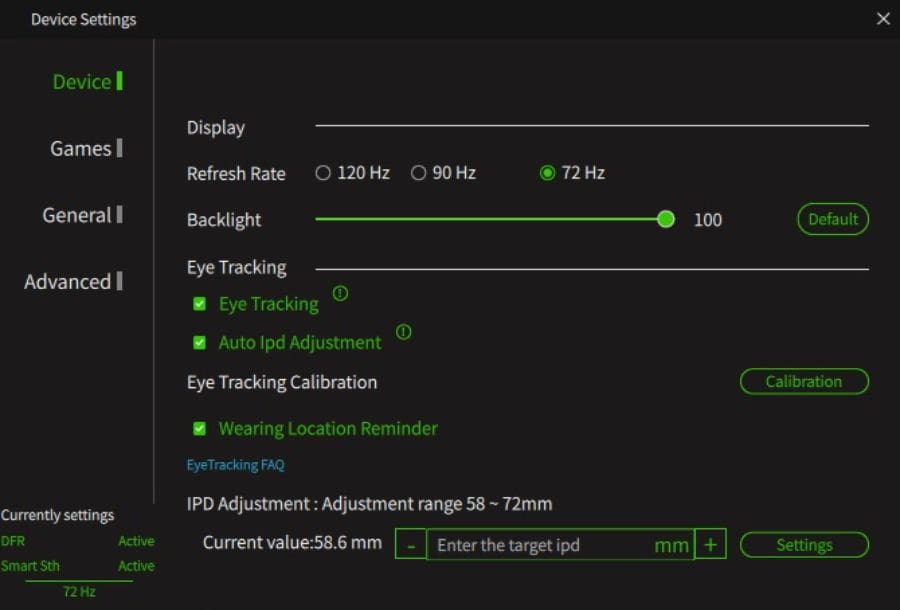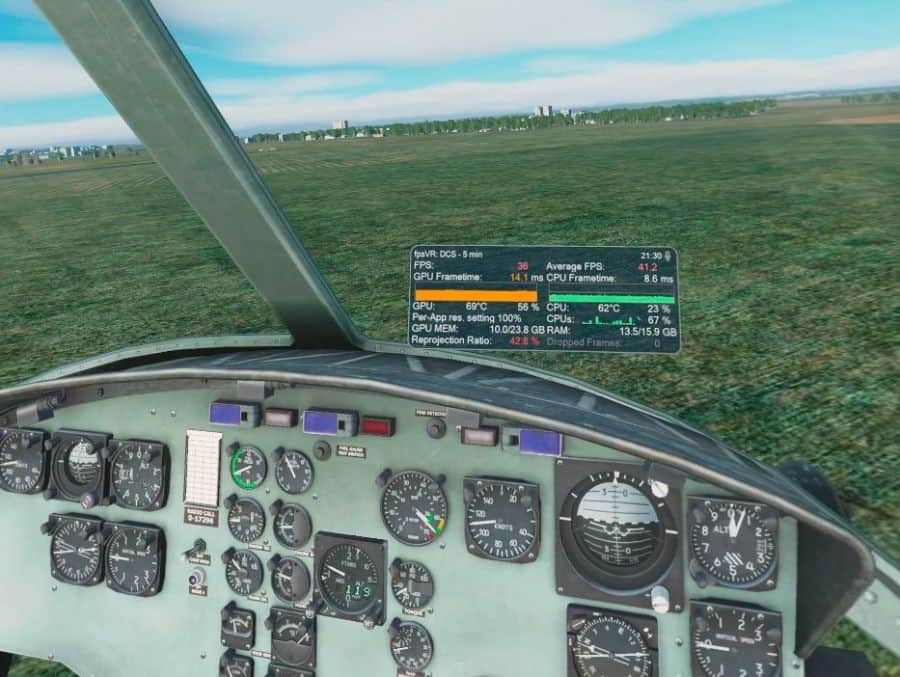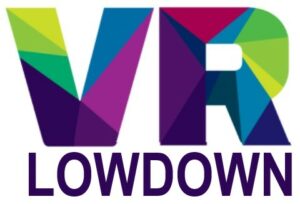
I’ve had the opportunity to test the new 72 Hz refresh rate option that comes with firmware version 928 on Pimax Crystal. This offers users a chance to adjust their VR experience based on personal preferences and system capabilities. While higher refresh rates like 90 Hz and 120 Hz are popular, the added 72 Hz option brings its own set of benefits and trade-offs. This article aims to provide an analysis of how this new refresh rate setting impacts performance and visual fidelity.
The Importance of Refresh Rate Options
When it comes to VR, different users have varying sensitivities to refresh rates. While some individuals may prefer higher refresh rates for a smoother experience, others notice minimal visual impact once the refresh rate rises above 60-70 Hz. In addition, lower refresh rates require less processing power to deliver the rendered frames to the displays of the device, meaning you can achieve smooth frame rates with lesser hardware, or turn up the graphics settings, to further delight your eyes.
The newly introduced 72 Hz mode provides an option for users who want to prioritize graphical fidelity over the refresh rate and allows users with less powerful computers to enjoy smooth frame rates. More options give users the flexibility to customize their VR experiences according to their needs and system capabilities.
If you want to learn more about how this headset performs, you can read my full review of the Pimax Crystal.
Initial Impressions On Pimax Crystal 72 Hz Mode
Whilst some people are very sensitive to the refresh rate of the displays in VR, I am generally not one of them, and I have always been able to tolerate and enjoy lower refresh rates without any adverse effects. Whilst I have a reasonably powerful computer, it isn’t top of the line anymore, with an RTX 3090 graphics care and Ryzen 7 5800X processor. As a result, I regularly have to turn down the graphics settings in my favorite flight simulators, DCS World and MSFS to achieve smooth performance.
To assess the 72 Hz mode’s impact, I immediately headed for these two flight sims to see what impact it would have. The firmware update took about 5 minutes and was completed easily via the Pimax Play software. Once this had been done, I went into the device settings menu in Pimax Play and changed the refresh rate option to 72Hz.

I then loaded up DCS World and used FPSVR to monitor my frame rate. I loaded into the UH-1H Huey and took it for a flight that I have done hundreds of times before. I normally can’t get close to native 90 FPS in DCS, so I typically need to rely on reprojection when running DCS at 90 Hz. My computer generates a stable 45 FPS and this is doubled using reprojection to match the refresh rate of the VR headset.
With the 72 Hz refresh option, there is more potential to achieve a frame rate that meets the native 72 Hz refresh rate, but if it can’t my computer only needs to produce 36 FPS, and with projection, this is doubled to 72 Hz to match the new 72 Hz mode. This now allows me to bump up the graphics setting by a moderate amount and still achieve smooth performance in DCS.
I also tried lowering the graphics settings to see if I could achieve a stable 72 Hz without any projection, and I was able to do this on occasion, admittedly with a reasonable trade-off in the visuals.
Performance demands are even more acute when playing MSFS, where my computer will often struggle to even hit 45 FPS, and this is where the benefits of projection start to break down and the performance can become choppy.
With the introduction of the 72 Hz mode on Pimax Crystal, it is much easier to hit the 36 FPS threshold to get smooth performance with projection. This was indeed what I found during my time testing the 72 Hz mode, and I was able to find a more visually pleasing balance between visuals and performance than I am normally used to.

How Does 72 Hz Compare To 90 Hz?
When I switched to 72 Hz from 90 Hz on the Pimax Crystal, I can’t honestly say that I noticed much degradation in the smoothness of the experience. There was no noticeable flicker, and it was an enjoyable experience all around. Perhaps if you pressed me, I possibly sensed that it was slightly less fluid than at 90 Hz. However, this was very subtle and didn’t impact my enjoyment at all.
I think flight simulators are really well suited to lower refresh rates due to the less frantic pace of gameplay, and I think I would have more issues with the 72 Hz mode if I was playing a high-tempo game or one that required twitch reactions.
One of the main drawbacks of the Pimax Crystal is that it requires a powerful computer to be able to drive the displays and make the most of the gorgeous visuals that it enables. Added to this, VR flight simulators and racing simulators to a lesser extent, tend to be quite graphically demanding, and this can exclude users who have less powerful computers available to them. By introducing a 72Hz mode, it should allow people with slightly older, or less powerful graphics cards and processors to enjoy smooth gameplay and good visuals.
I know there have been many in the flight simulator community who have been keen to see this update. Personally, being able to push up the graphical fidelity more than compensates for any decrease in the smoothness of the experience.
After spending some time at 72 Hz, I switched back to 90 Hz to see if the experience was significantly different. To maintain a stable 90 Hz, I had to lower the graphics settings and rely on reprojection. Upon comparing the two refresh rates back-to-back, I do think there is a subtle yet perceptible difference in the experience, but it didn’t bother me at all.
The extent to which you enjoy playing at 72 Hz will depend on how sensitive you are to motion sickness, which tends to occur when a VR experience is not smooth. However, let’s not forget, that 72 Hz was the accepted standard for VR headsets for years, and it’s only a small minority of people who have a negative experience at 72 Hz compared to 90 Hz or higher.
Whilst I didn’t feel that the experience at 90 Hz was dramatically better, it did feel slightly smoother. Nonetheless, for those looking to maximize graphical fidelity without sacrificing too much in terms of smoothness, 72 Hz is an excellent option.
Conclusion
The addition of a 72 Hz mode to the Pimax Crystal VR headset offers a compelling alternative for those who want to optimize for graphics while lowering the demand on their GPU. Whilst I didn’t notice any significant deterioration in my experience with 72 Hz compared to 90 Hz, and enjoyed the extra graphical fidelity it allowed me to have, your experience may differ.
The flexibility of having multiple refresh rate options is indeed valuable, allowing users to customize their VR experiences to suit their preferences and hardware capabilities.
